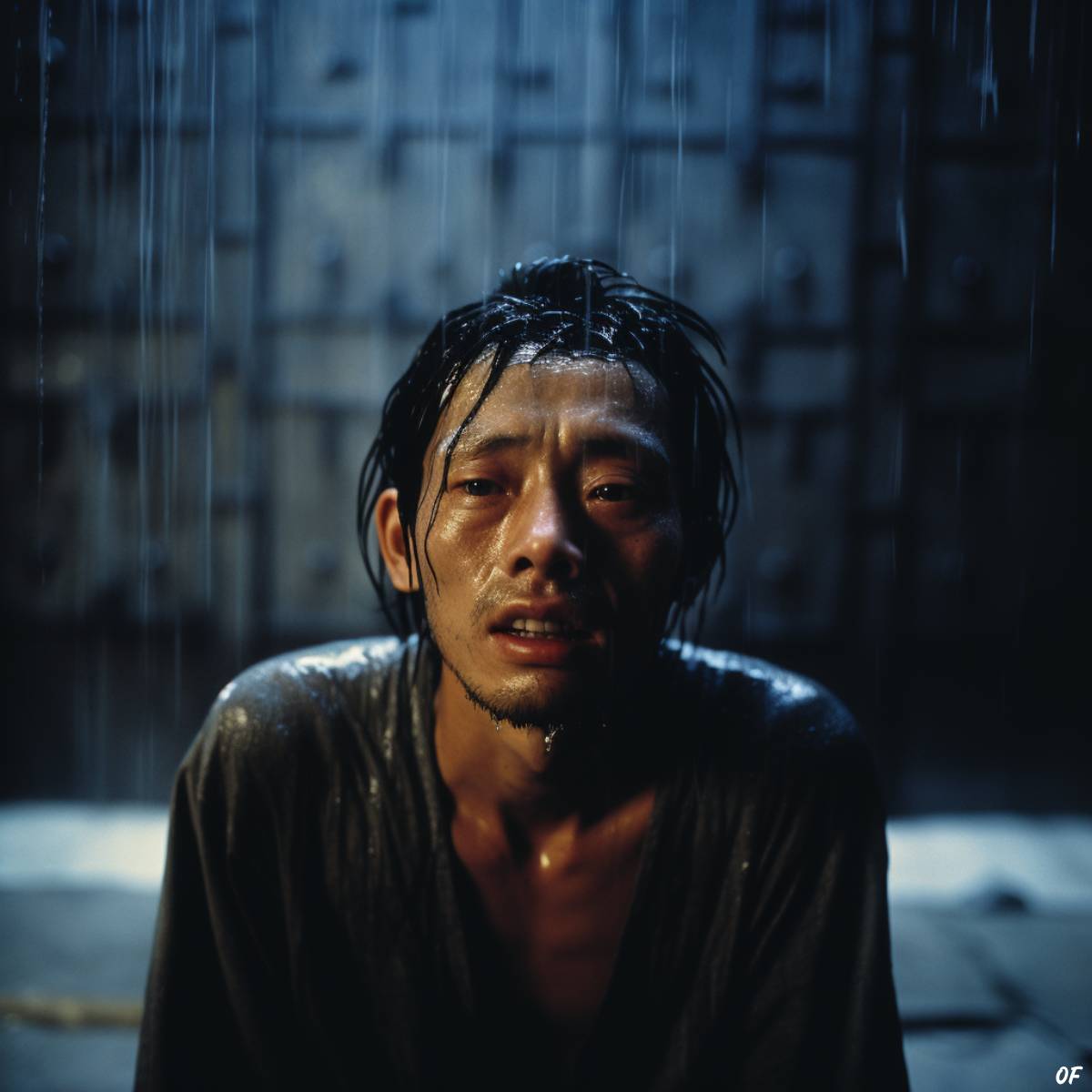Chinese Water Torture has been long theorized and considered to be the definition of psychological torture—one of the worst known to man. Like a dripping tap that becomes the mind’s only focus while attempting to sleep, water torture has gone down in history as something terrifying, made exhilarating by Harry Houdini’s later interpretation. But was this terror always the case?
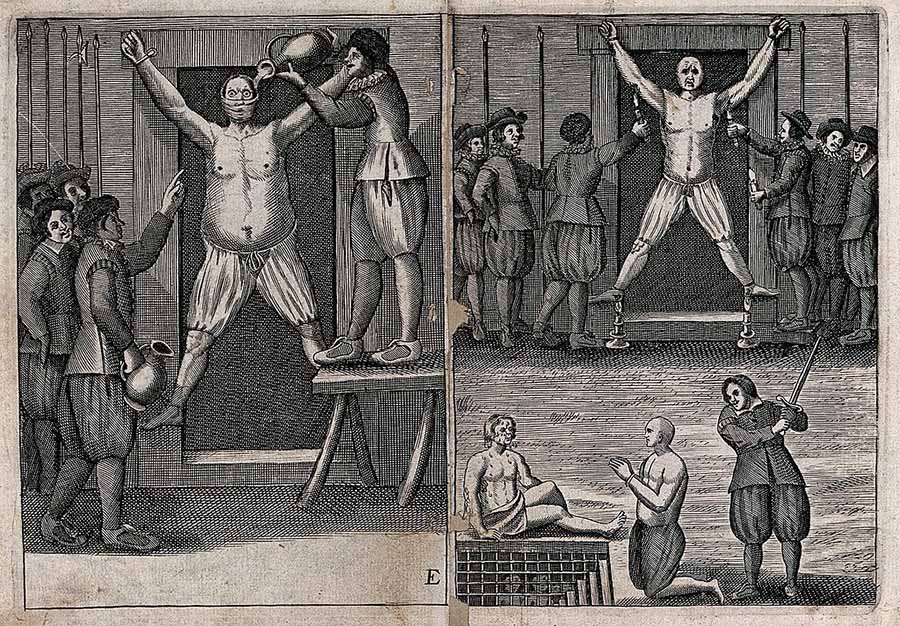
What is Chinese water torture?
Chinese water torture is a process in which a victim is tied up, with cold water repeatedly dropped onto a portion of the body—usually the forehead. The torture wouldn’t cause any physical pain.
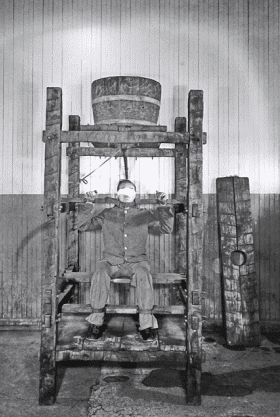
This form of water torture works by forcing the victim to fear for their life, as the relatively harmless process continues while captors torment them. The victim was conditioned to believe that the water contained poison, meaning their mind would deteriorate.
‘Chinese’ water torture – a quick history
The first time that Chinese water torture was recorded was by Hippolytus De Marsiliis, in records dating from the late 15th or early 16th century. It is believed that he applied the method of water dropping onto a human from the natural world – after observing stones being eroded. However, some would suggest that the ‘Chinese’ element of the water torture was added only to add an element of mystery and intrigue—from the land of magical ‘flying fire’ (gunpowder)!
Amongst the historical community, there are also suggestions that Chinese water torture evolved from water torture in Spain. This specific form of torture was used most by the Spanish Inquisition and involved strapping victims down and dripping water onto their heads. Victims were often strapped upside down and could see each drop of water coming; at best, leading to ulcers developing on the affected area; at worst—insanity.
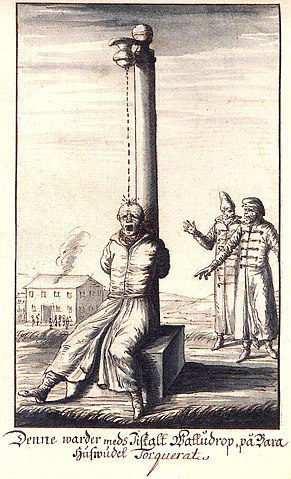
How effective was Chinese water torture?
There isn’t an awful lot of evidence that this form of torture—no matter how legendary it is—has any effect on victims of interrogation. The TV show Mythbusters found that the drip drip drip onto a prisoner’s forehead was the least compelling part of the torture. Instead, the equipment used to restrain a prisoner provided most of the effects.
The popular TV show found that there was minimal effect in use on a relaxed subject without restraint. However, in a creepy turn of events, MythBusters host Adam Savage received an email from a ‘throwaway account’—claiming that a psychotic break was possible ‘within 20 hours’ by using a different technique. The anonymous emailer suggested by randomizing the drops of water, the brain could not become accustomed to a regular beat. Therefore the damage that drops could cause by slightly changing the method is possibly far more than MythBusters initially suggested. The program never revisited Chinese water torture to discover this effect on prisoners.
Harry Houdini and Chinese Water torture
While Marsiliis wrote of Chinese water torture in Italy—there isn’t any indication that he saw the treatment of prisoners in this way. Instead, the first known use of Chinese water torture was in 1892. However, the torture was associated with Harry Houdini and his escapism. As opposed to a drip technique to drive himself insane, Houdini developed an escape act to wow audiences at the Circus Busch in Berlin, Germany, on September 21, 1912.
The method behind Harry Houdini’s madness was to lock himself in a Chinese water torture cell, upside down, suspended only by his feet, and locked into stocks. The magician was then lowered into a glass tank filled with water, and his restraint was locked to the top of the cell. The stunt was dangerous and, in the years after Houdini, has been associated with his death. Such fiction about Houdini’s demise was popularized by films such as the 1953 hit Houdini, or, more recently (and tangentially), Christopher Nolan’s 2006 blockbuster, The Prestige.
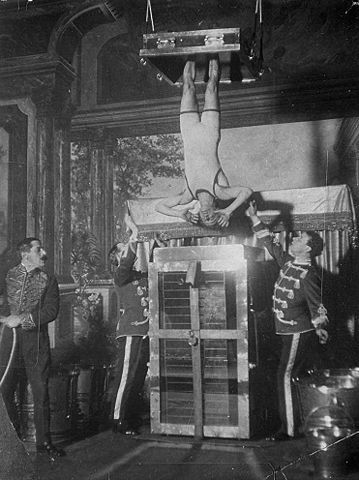
The mystery surrounding the illusionist’s escape from the Chinese water torture cell device has captivated audiences for over a century since its first performance. Many have repeated his tricks, from Doug Henning in 1975 to Paul and Martin Daniels in the 1980s for The Paul Daniels Magic Show, and later, in an imitation of Houdini, by Dennis Watkins.
Chinese water torture today
To this day, the status of the actual ‘torture’ element of Chinese water treatment remains up in the air. Torture is prohibited worldwide, though psychological torture is disputed. Some nations, like Iran, have made only physical torture illegal; or some have banned torture altogether and continue to practice it secretly. For example, it is known that the US government made extensive use of psychological torture techniques after the attacks of September 11, 2001. Despite the Universal Declaration of Human Rights by the UN in 1948, psychological torture, including sometimes Chinese water torture, still occurs worldwide.

